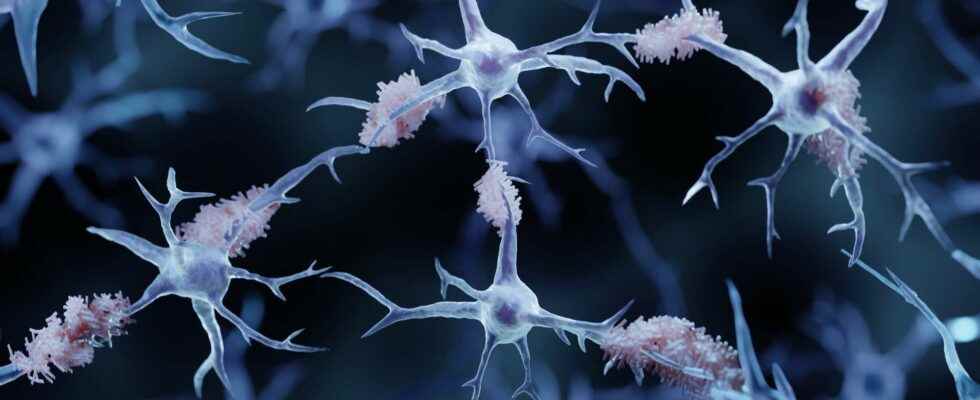With the aging of populations, dementia is an increasingly common pathology. It has a strong impact on the quality of life of affected patients but also on that of their relatives and caregivers. What are the causes ? What are the risk factors? Can we prevent it?
The senile dementia is characterized by a impairment of memory, reasoning, behavior, and ability to perform daily activities “. She is primarily responsible for the loss ofautonomy people. If it is a pathology common in old age, not all seniors are affected. Nevertheless, nearly 50 million people worldwide are affected. Each year, 10 million additional patients are affected. In 2030, there could be 82 million people with dementiaand 152 million in 2050. This is a public health problem because dementia has a significant societal and medical cost.
What are the risk factors for senile dementia?
Age is of course the first of the risk factors. But it’s not the only one! On the one hand, the dementia can reach relatively young adults (under 65). This would be the case for 9% of people affected by dementia. On the other hand, people will live to be very old keeping “all their heads”.
There is evidence that the risk of dementia is influenced by lifestyle. To exercise physicaldon’t smoke, don’t drink too muchalcoholhaving a healthy and balanced diet, or maintaining cognitive activity for as long as possible… All these factors reduce the risk of dementia!
What are the causes of senile dementia?
Dementia is not related to a normal aging process of the brain. It results from diseases. There are several forms.
The Alzheimer’s disease would be responsible for 60 to 70% of cases. This is linked to an excessive accumulation of two proteins in the brain : beta-amyloid protein and tau protein. These are responsible for lesions. The abnormal amount of beta-amyloid protein forms amyloid plaques outside neurons. Excess tau protein inside the neuron triggers neurofibrillary degeneration.
The Lewy body dementia is the second most common cause of dementia after Alzheimer’s. It also results from a significant and abnormal accumulation of proteins inside nerve cells, the alpha-synuclide protein. This excess prevents the normal functioning of the neurons and stops the transmission of messages in the brain.
Frontotemporal dementia is another pathology resulting from a degeneration of the frontal lobes of the brain, again linked to an abnormal accumulation of proteins: TDP-43, TAU or FUS. There is also a form of vascular dementia, the consequence of one or more stroke.
Moreover, a person may have several diseases at the same time or a mixed form not involving only one process.
Interested in what you just read?
Subscribe to the newsletter Health question of the week : our answer to a question you ask yourself (more or less secretly). All our newsletters
